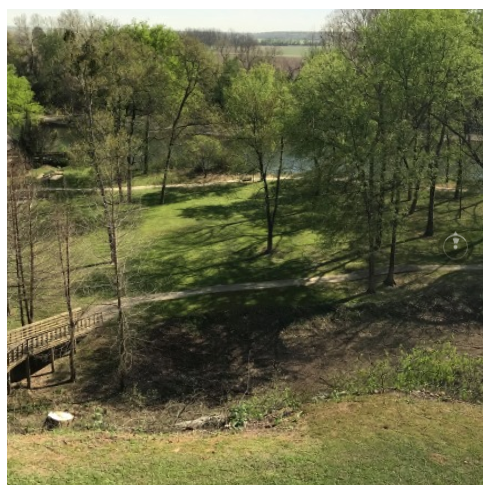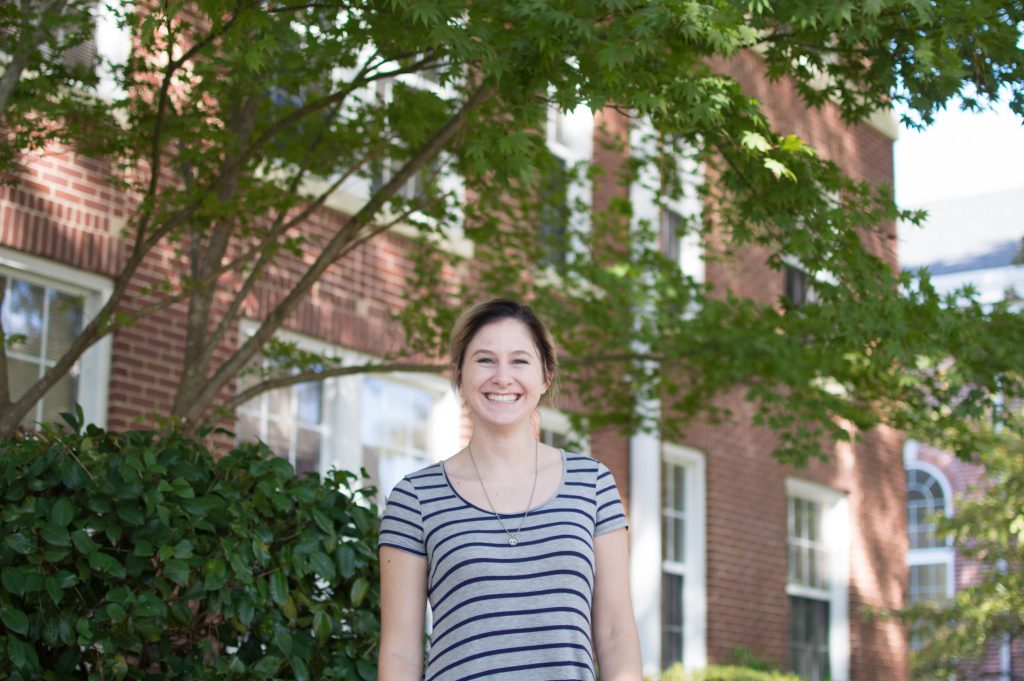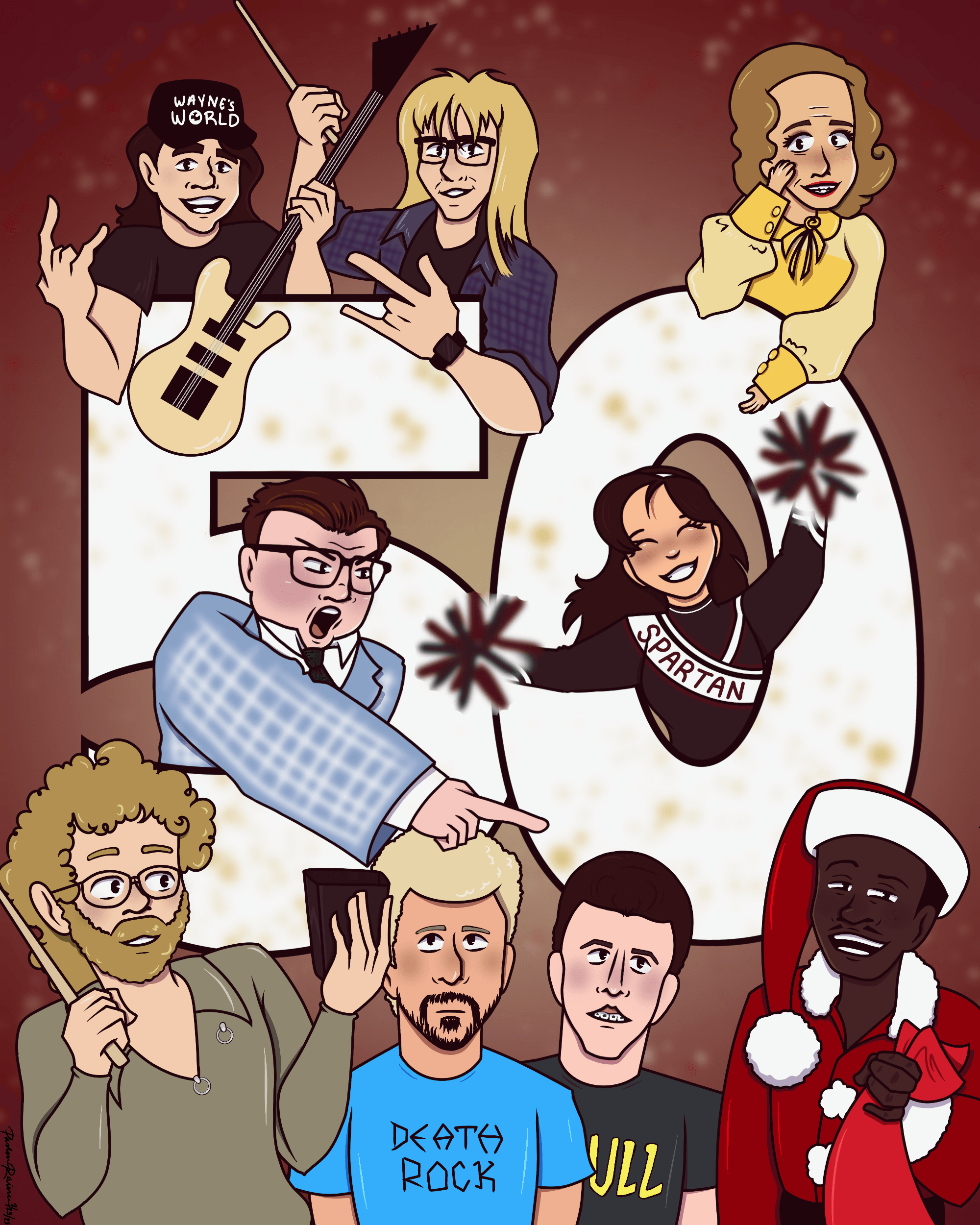(Photo by Dr. Kluck)
A letter to the editor by Dr. Doug Sonheim, chair of the department of language and literature:
I have heard some of the arguments against cutting down some trees in order to create a view of the river. I understand. Some of my best friends are trees—the giant elm tree where I spent childhood hours, thirty feet closer to the heavens; the dogwood that shaded my sons; the magnolia planted by dear friends who were moving away. Some of my favorite stories feature trees: “The Dream of the Rood,” Shel Silverstien’s The Giving Tree, Jean Craighead George’s My Side of the Mountain, and J.R.R. Tolkein’s Lord of the Rings. I am thankful to trees for their silent work of sequestering the carbon I create when I drive to Walmart for dental floss or buy coffee in a throw-away cup. Trees are beautiful to look at. Last spring I was driving past Lake DeGray, and I saw some trees that were beautiful. I stopped and took a picture, and later we made this photo the cover of Assayers. I like trees, have hugged several, and generally do not favor making a living tree into a stump, even for a nice view.
On the other hand, I think cutting down a few trees for a view of the Ouachita River could be a good thing. I think so because this new view of the river can help us live better as humans. In this specific place for us living right here, this view of the river can help us live with integrity.
Andy Crouch defines integrity as making something “more whole, more faithful to the world.” When we change stuff in the world (we usually call it “progress”), we can do so with integrity or without integrity. With integrity, we can make changes (even cutting down trees) in ways that integrate us with our history and our local environment. Making changes with integrity, we can be more faithful to the particular world we live in, to this particular place, to our home. Does the change help us understand and embrace our humanness, our embodied life, right here in this place?
I think it can. Now we can see the river and remember that Caddo tribes once lived along its banks. We can recall the Hunter-Dunbar Expedition of 1804 and reflect on our nation’s history of exploration and invasion, adventure and conquest. We can see the flowing water and think about our neighbors in Camden downstream. And to quote Randy Newman, we can “look at the river, but think about the sea.”








